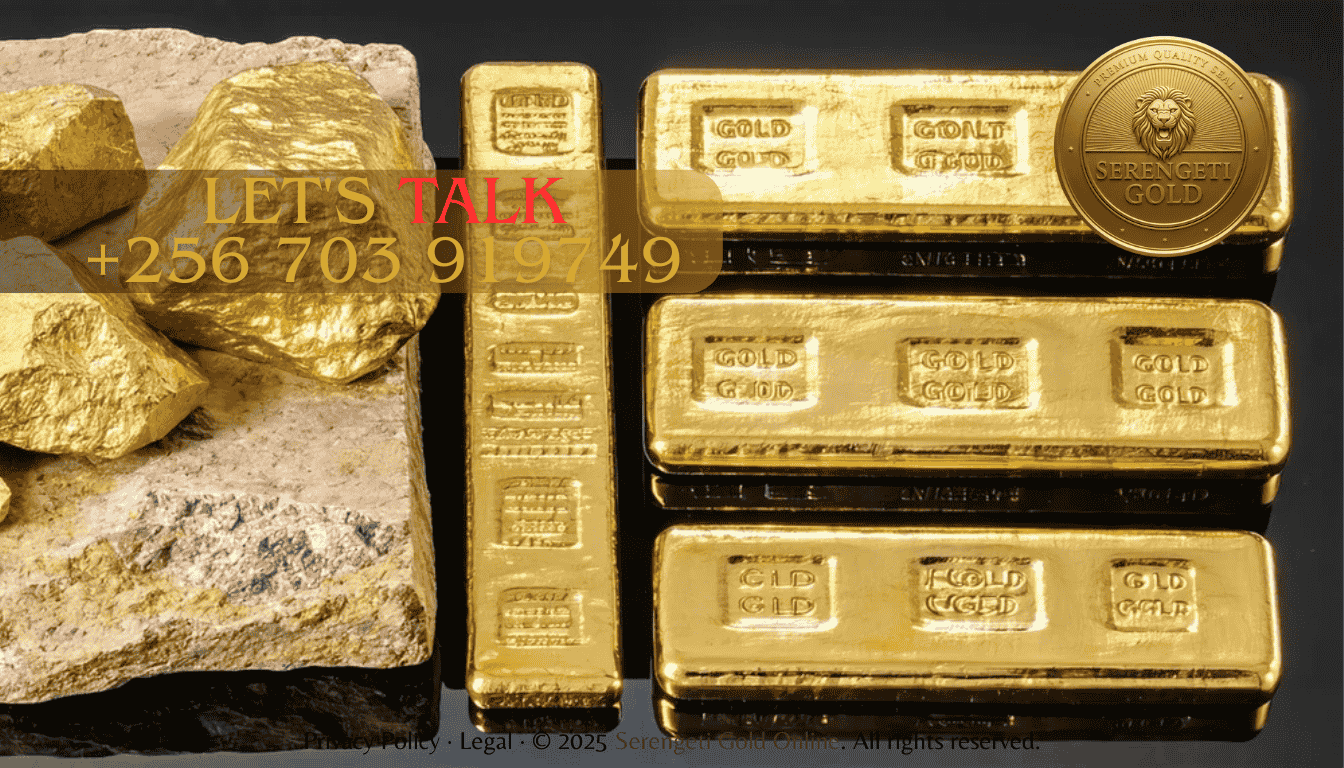History of Gold as Currency
For thousands of years, gold served as money. Ancient Egyptians, Romans, and Chinese civilizations used gold coins for trade. Even today, gold remains tied to financial systems as a reserve asset, symbolizing wealth and stability. See complete post: History of Gold as Currency and the Evolution of the Gold Standard
See
Why Gold is a Safe-Haven Asset
During economic downturns, investors turn to gold. Unlike paper money, it retains value even when inflation rises. Its scarcity and universal appeal make it a hedge against financial instability. See full post: Why Gold is a Safe-Haven Asset: Ultimate Protector in Uncertain Times
How Gold is Mined (Small vs. Large Scale)
Gold mining can be:
-
Small-Scale: Local miners using simple tools, often in rivers or shallow mines.
-
Large-Scale: Industrial operations using heavy machinery and advanced technology.
Both play a role in global gold supply but differ in efficiency and environmental impact. See the complete post How Gold is Mined (Small vs. Large Scale)
Environmental Impact of Mining
Mining can harm ecosystems through deforestation, water pollution, and soil erosion. However, sustainable practices such as eco-mining and reclamation projects are gaining momentum, aiming to balance economic benefits with environmental care. See more
Fun Facts About Gold
-
Gold is edible and used in luxury desserts.
-
Astronaut helmets are coated with gold to block radiation.
-
Nearly 80% of all gold ever mined is still in circulation.
Its rarity and versatility make it endlessly fascinating. See more here: 20 Fascinating Facts About Gold You Probably Didn’t Know
Famous Historical Gold Discoveries
Major gold rushes shaped history, such as:
-
California Gold Rush (1848–1855)
-
Klondike Gold Rush (1896–1899)
-
Witwatersrand Discovery in South Africa (1886)
These events sparked mass migrations and economic growth. See complete post: History of Gold Discovery & Mining: Famous Historical Gold Discoveries
See More
Gold vs. Other Precious Metals (Silver, Platinum)
-
Gold: Stable, timeless, and highly liquid.
-
Silver: More affordable, widely used in industry.
-
Platinum: Rarer than gold, with high industrial demand.
Each metal has unique strengths, but gold remains the leader in wealth preservation. See, more here: Gold vs. Silver vs. Platinum: Which is the Best Investment?
Gold Assaying Explained
Assaying measures the purity and quality of gold. It ensures fair trade and investment by providing accurate assessments. Assayers use chemical, fire, or modern spectroscopic methods to determine value. See https://serengetigold.online/gold-assaying-explained-methods-importance-and-modern-practices
Tools for Testing Gold Purity
Professionals use:
-
Magnifying loupes
-
Touchstones and acids
-
Digital gold testers
-
XRF machines
These tools help distinguish real gold from imitations. See Tools for Testing Gold Purity: A Complete Guide
Difference Between Bullion & Jewelry Gold
While bullion focuses on financial worth, jewelry emphasizes craftsmanship. See, Difference Between Bullion & Jewelry Gold: What Every Investor Should Know
Understanding Gold Smelting
Smelting involves melting gold at over 1,064°C to separate it from ore. It is a key step in transforming raw gold into usable form. See Understanding Gold Smelting: Process, Importance, and Investor Insights
.png?width=100&height=100&name=Serengeti%20Gold%20online%20Logo%20(1).png)




.png?width=1344&height=768&name=raw%20gold%20nuggets%20and%20dust%20close-up%20(1).png)